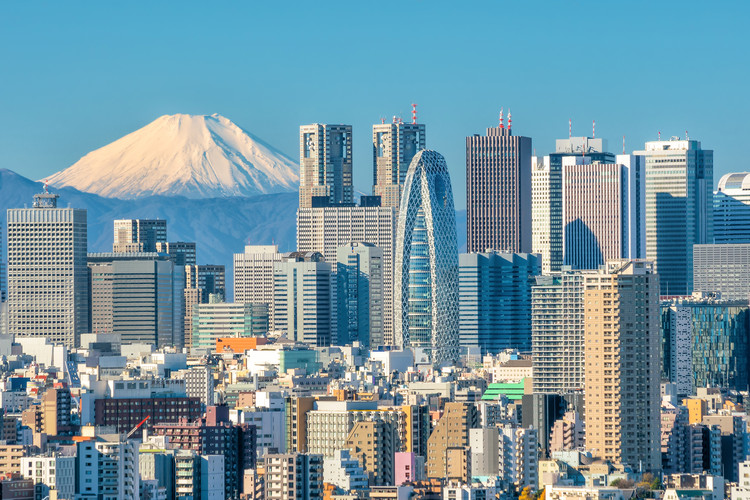Physical Address
304 North Cardinal St.
Dorchester Center, MA 02124
Physical Address
304 North Cardinal St.
Dorchester Center, MA 02124

Contents [hide]
When it comes to determining the biggest city in the world, various factors come into play. The United Nations employs three distinct definitions to classify cities based on different criteria. These definitions include the city proper, urban area, and metropolitan region. Let’s delve into each of these definitions to understand what makes a city the largest in the world.
City proper refers to the municipality’s administrative boundaries. For instance, Chongqing in China boasts the largest population of any city proper. Despite its vast administrative area comparable to the size of Austria, over 70% of Chongqing’s residents live in rural areas. This definition focuses on the population living within the city’s administrative boundaries or under the direct control of a single authority.
It’s essential to note that the city proper definition may exclude suburban areas where a significant portion of the population resides while working or studying in the city. This exclusion can lead to discrepancies between city proper population figures and urban area population figures. For example, Chongqing’s massive administrative area encompasses rural and suburban regions, contributing to its status as the largest city proper in the world by population.
Urban area defines a conditionally contiguous urban region without strict territorial boundaries. The classification of an urban area varies across countries and can be based on administrative criteria, population size, density, economic function, or urban characteristics. Essentially, an urban area comprises a continuously developed land mass within a labor market, devoid of rural land.
These urban areas are dynamic and subject to periodic reclassification, making direct comparisons challenging. Factors such as population density, economic activities, and infrastructure development contribute to defining an urban area. Understanding the nuances of urban areas is crucial in determining the size and scope of a city within its urban landscape.
A metropolitan area is defined by the demographic population residing within its primary commuter zones. This formal local government entity encompasses the urban area and its surrounding regions with varying residential densities. Metropolitan areas are typically centered around a city with a substantial population concentration, often exceeding 100,000 residents.
These areas extend beyond the city proper to include adjacent territories linked through transportation networks or commuting facilities. Establishing metropolitan areas serves administrative and statistical purposes, aiding in urban planning, resource allocation, and governance. Understanding the demographic composition and spatial extent of metropolitan areas is vital for comprehensive city management.
As of 2024, the United Nations estimates that there are 81 cities worldwide with populations exceeding 5 million people. These cities encompass a mix of city proper, metropolitan area, and urban area classifications. Some of the most populous cities include Tokyo, Japan with 39.1 million people in the urban area, Jakarta, Indonesia with 34.5 million people in the urban area, and Delhi, India with 32.2 million people in the urban area.
Other notable cities include Seoul, South Korea with 26 million people in the metropolitan area, Shanghai, China with 24.8 million people in the municipal area, and Manila, Philippines with 24.1 million people in the urban area. These cities showcase the diverse demographic landscapes and urban complexities that define the global cityscape.
Understanding the nuances of city classifications based on city proper, urban area, and metropolitan area definitions provides valuable insights into the world’s largest cities. By examining population distributions, administrative boundaries, and demographic trends, we can appreciate the dynamic nature of urban centers and their impact on global demographics and socio-economic landscapes.